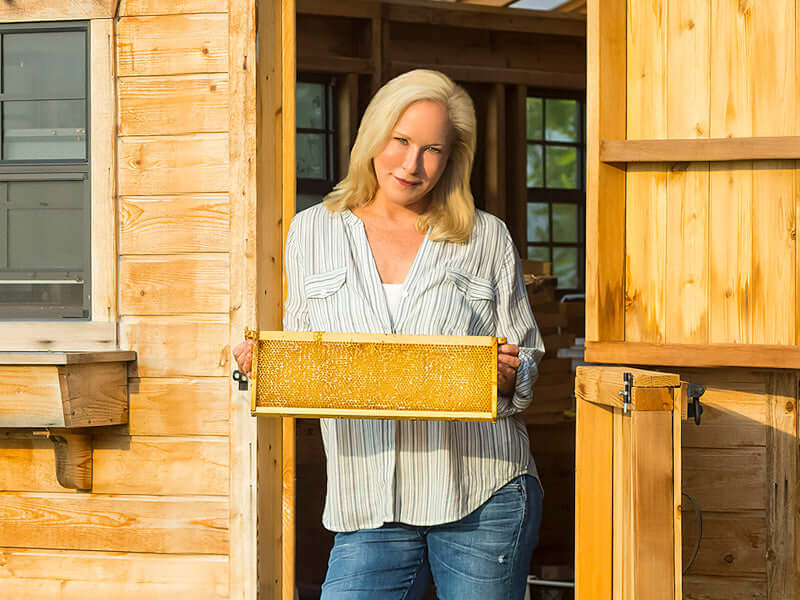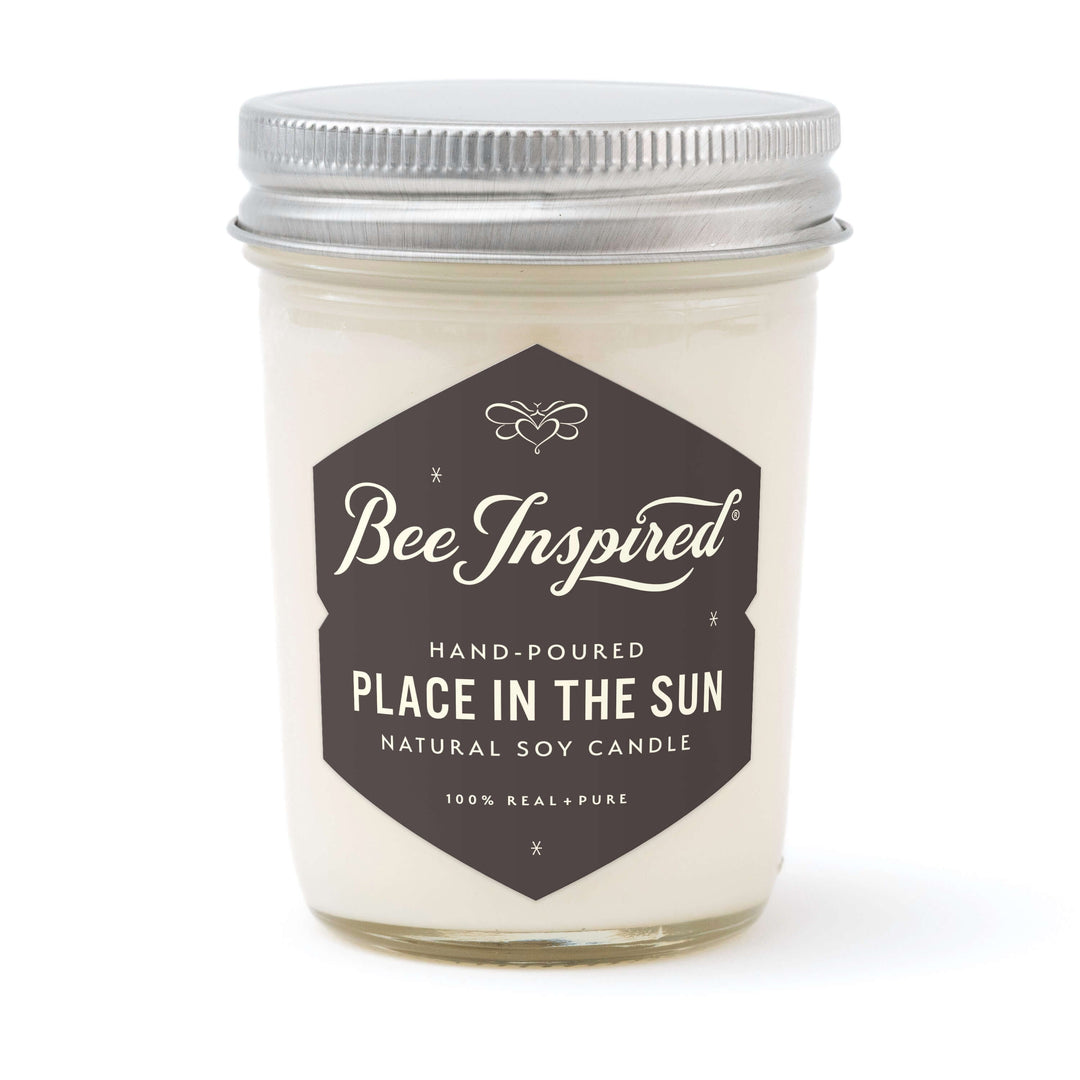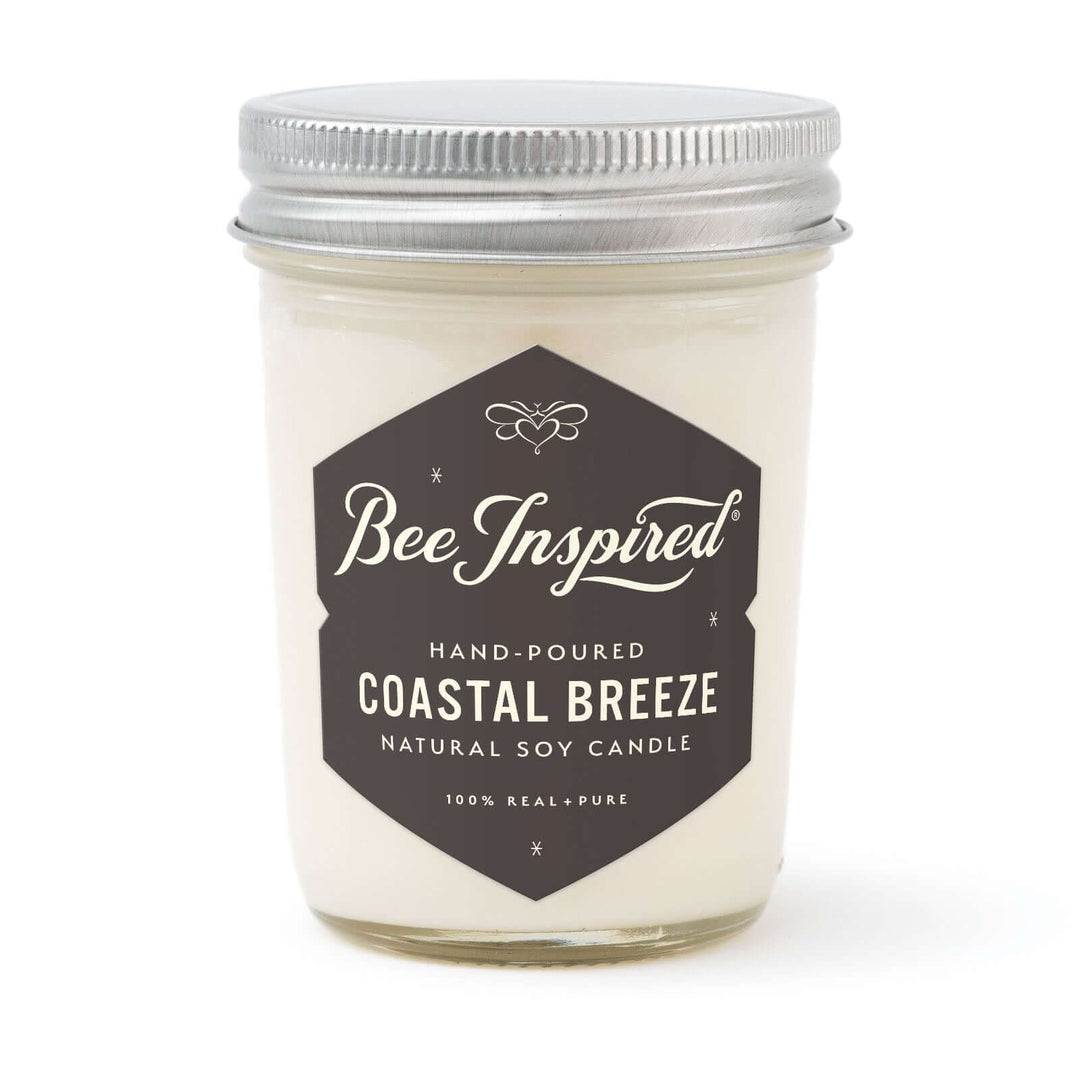The relationship between bees and our food system is one of nature's most critical partnerships. As primary pollinators for countless plants, bees are responsible for approximately one-third of the food that reaches our tables. But this ancient relationship is under threat from modern chemical agriculture, particularly from a class of pesticides known as neonicotinoids. These powerful neurotoxins have spread throughout global farming since the 1990s, leaving devastation in their wake. While agricultural productivity has temporarily benefited, the long-term consequences for our ecosystem and food security are dire. This article explores how neonicotinoids affect bees, what the science reveals about these impacts, and what we can do to protect these essential pollinators before it's too late.
Treat every day like it's Earth Day
The Unseen Crisis: How Neonicotinoid Pesticides Are Killing Our Bees
Honey bees and wild bee populations are responsible for pollinating one-third of the food we consume. Without them, our global food security is at risk. Yet these vital pollinators face a serious threat: neonicotinoid pesticides, a class of systemic pesticides that have transformed modern agriculture.
Recent independent research confirms what many beekeepers have witnessed firsthand – neonicotinoid insecticides are devastating bee populations worldwide. These chemicals became the most widely used insecticides on agricultural crops globally after their introduction in the mid-1990s, but their widespread adoption has come at a tremendous ecological cost. When combined with other stressors like Varroa mites and bee diseases, neonicotinoids have accelerated the alarming decline in bee populations we're seeing today, contributing to phenomena like colony collapse disorder.
What Are Neonicotinoid Insecticides and How Do They Work?
Neonicotinoid insecticides (or "neonics") are neurotoxic compounds chemically similar to nicotine. They target insect nicotinic acetylcholine receptors in the central nervous system, effectively disrupting neural function. Unlike traditional pesticides that remain on plant surfaces, neonics are systemic – they're absorbed by the plant and distributed throughout all tissues, including the pollen and nectar that bees collect.
Seed treatments are the most common application method for these chemicals, though they're also used as foliar insecticides sprayed directly onto plants. Seeds are coated with neonicotinoids before planting, which the growing plant then absorbs. While this method effectively protects crops from pests, it creates a troubling scenario for pollinators, as every part of the plant – including the flowers bees visit – becomes contaminated. Additionally, neonicotinoids can persist in soil for years, affecting both soil insects and subsequent plantings.
The field of neonicotinoid insecticide toxicology has revealed that when Western honey bees (Apis mellifera) and bumble bees encounter these chemicals, the effects are profound:
- Their nervous systems become permanently damaged
- They lose the ability to navigate, often unable to find their way back to the hive
- Their immune systems weaken, making them vulnerable to diseases
- Their colonies suffer reduced reproduction rates
- Their natural defense mechanisms break down
- Their ability to learn and remember – crucial skills for foraging – becomes impaired
Even microscopic exposure can disrupt essential behaviors, with research suggesting that bumble bees and solitary bees may be even more sensitive to these effects than honey bees.
The Scientific Evidence
The evidence against neonicotinoids has become overwhelming, with research from across the globe documenting their harmful effects on bee populations:
- An 18-year study in England found that wild bee species exposed to neonicotinoid seed treatments experienced significantly higher population extinction rates, particularly among species that foraged on treated crops
- European research demonstrated that exposure to these pesticides reduced overwintering success and colony reproduction in both Apis mellifera and bumble bees
- Colonies treated with neonicotinoids showed decreased hygienic behavior – the natural tendency of bees to remove dead or diseased individuals from the hive – allowing infections to spread more easily
- Treated hives lost their queens more frequently, a devastating blow since the queen is essential for colony survival
Scientists investigating colony collapse disorder have increasingly identified neonicotinoid exposure as a critical contributing factor, noting that these chemicals weaken bees' immune systems and make them more susceptible to pathogens. These aren't just laboratory findings. Studies using field-realistic exposure levels consistently show substantial harm to bee colonies in natural environments. The European Food Safety Authority's comprehensive risk assessment concluded that most uses of neonicotinoid insecticides represent an unacceptable risk to both wild bees and honey bees, leading to significant restrictions in Europe.

Do you know what festooning is?
Neonicotinoid Seed Treatments & Crops: A Particular Threat
Flowering crops like oil seed rape (also known as canola) present a significant concern for pollinator health. As one of the most widely grown crops treated with neonicotinoid seed coatings, these bright yellow fields create a paradoxical situation for bees. The abundant, colorful blooms attract large numbers of pollinators, but the very nectar and pollen they collect contains harmful neonicotinoid residues.
Research across multiple countries has shown that foraging bees collecting resources from treated fields suffer significant negative effects. The systemic nature of neonicotinoids means the chemicals concentrate in precisely the flower parts that Apis mellifera visits. Studies tracking colonies near treated crops have documented reduced queen production in bumble bees and decreased colony strength in honey bees compared to those in untreated areas.
What makes this situation particularly troubling is the attractiveness of these crops to pollinators – their abundant resources draw foraging bees from considerable distances, extending the reach of contamination well beyond the field boundaries. This creates a dangerous ecological trap where pollinators are actually attracted to a food source that ultimately harms them and their colonies.
Beyond Honeybees: Bumble Bees & Other Wild Bee Species at Risk
While honey bees often get the spotlight, research shows that bumble bees and other wild bee species may actually be more vulnerable to neonicotinoid insecticides. Studies reveal that bee species foraging on treated crops were approximately three times more negatively affected by neonicotinoid exposure than those not feeding on crops.
Part of this vulnerability stems from differences in how various bee species respond to these chemicals. Differential sensitivity among species means that what might be a sublethal dose for one pollinator could be lethal for another. Different species have variations in their nicotinic acetylcholine receptor structures, making some more susceptible than others. And unlike managed honey bee colonies that receive human care, wild bee populations face these threats without any intervention.
The continued decline in wild bee populations is closely linked to agricultural practices relying on neonicotinoid seed treatments. This is particularly concerning because wild pollinators often provide complementary pollination services to honey bees – together creating the diverse pollinator community that maintains both agricultural productivity and natural ecosystem health.
The Industry Response: Profits Over Pollinators?
Despite mounting evidence, some chemical companies continue to downplay the connection between their products and bee deaths. A particularly troubling pattern emerges when studies funded by the same companies that manufacture neonicotinoids conclude that these chemicals are safe for bees – directly contradicting independent research findings found throughout the scientific literature.
This conflict of interest raises serious questions about the reliability of industry-sponsored research and the regulatory decisions based upon it. The European Commission, recognizing these concerns, has largely banned certain neonicotinoid insecticides across their 28-nation union after their own risk assessment concluded these systemic pesticides pose unacceptable dangers to bees.
Meanwhile, in other parts of the world, these pesticides remain widely used. What's particularly alarming is how inefficient neonicotinoid seed treatments actually are: only 2-5% of the active compound actually enters the target plant. The remaining 95-98% persists in soil and water, creating widespread environmental contamination that affects countless non-target insects, including beneficial pollinators.

What We're Doing at Chesterhaven Beach Farm
At Chesterhaven Beach Farm, we've taken a fundamentally different approach to farming – one that puts bee health at the center of our practices:
- We've made a firm commitment to never use neonicotinoid pesticides or any synthetic chemicals on our land
- We've transformed over 40 acres into thriving habitat for pollinators by planting indigenous flowers
- We've designed our farm to provide year-round natural foraging opportunities for Apis mellifera and bumble bees
- We cultivate diverse plant species including lavender, mints, milkweed, yarrow, clover, bergamot, coneflowers, and daisies
- We maintain fruit trees and berry bushes that offer abundant, pesticide-free forage for bees
Our approach stands in stark contrast to conventional farming methods that rely heavily on neonicotinoid seed treatments. The results speak for themselves: our farm supports thriving honey bee colonies and produces honey with distinctive, rich floral notes that capture the essence of our Eastern Shore location.
Our experience directly challenges the narrative that modern farming requires synthetic pesticides. We've found that sustainable practices focused on biodiversity create naturally resilient systems where chemical interventions become unnecessary. The health of our bees is living proof that another way is possible.
Take Action to Protect Bees
You don't have to be a farmer or beekeeper to make a difference. Here's how you can help protect honey bees and wild pollinators from the harmful effects of neonicotinoids:
- Support organic farming by purchasing organic produce whenever possible – these farms avoid neonicotinoid pesticides and other synthetic chemicals
- Plant a pollinator garden with native flowering species to provide safe havens for bees in your own backyard
- Buy local honey from beekeepers who maintain hives away from conventionally-treated crops
- Speak up for bees by advocating for stronger regulations based on independent research rather than industry-funded studies
- Join campaigns to ban neonicotinoids in your community, state, or country
- Ask nurseries about their plants – many ornamental plants sold to consumers are pre-treated with neonicotinoids
Remember that consumer choices drive market changes. By supporting farms and products that avoid neonicotinoid pesticides, you send a powerful message that bee health matters. The European Union's ban on key neonicotinoids demonstrates that policy change is possible when citizens demand better protection for pollinators.
The Bottom Line
The science is clear: neonicotinoid pesticides represent an existential threat to honey bees, bumble bees, and countless other pollinators worldwide. From impairing navigation to weakening immune systems, from reducing reproductive success to increasing colony mortality, these chemicals undermine the very foundations of pollinator health by damaging the central nervous system of bees.
Advances in neonicotinoid insecticide toxicology have transformed our understanding of how these chemicals affect bee populations. The national toxicology program in several countries has identified these substances as concerning not just for bees but also for other wildlife and potentially human health. Independent studies consistently show that even at field-realistic doses, neonicotinoids cause both immediate lethal impacts and chronic, subtle effects that damage bee colonies over time. The link between neonicotinoid use and colony collapse disorder has been strengthened as researchers document how these pesticides compromise bee health at multiple levels. The widespread use of neonicotinoid seed treatments has made modern agriculture increasingly hostile to insect life, with devastating ripple effects throughout our ecosystems.
We need to ask ourselves a simple question: Why do we continue to use chemicals known to harm the very creatures our food system depends on? Just as we wouldn't knowingly feed our children harmful substances, we shouldn't support agricultural practices that poison our pollinators.
Our future food security depends on healthy bee populations. It's time to choose sustainable practices that protect these essential creatures – before it's too late.
This article is based on independent scientific research and our firsthand experience as sustainable beekeepers. We are committed to practices that support pollinator health and biodiversity.
Sources:












